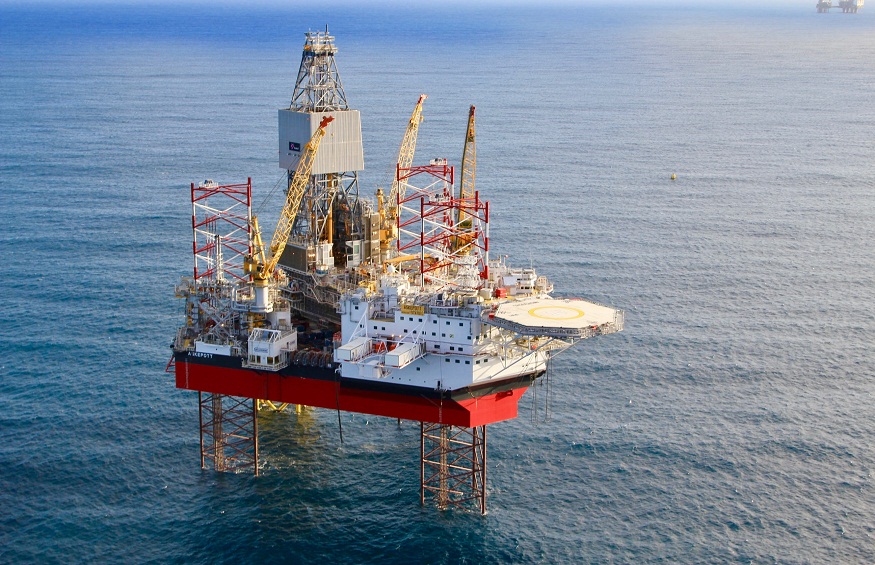Why Well Intervention Is Important on Offshore Drilling Platforms
Offshore drilling environments are dangerous at best. They present a significant risk to platform workers and the natural environment for hundreds of miles around the platform itself. This is why offshore well intervention companies are vital to the industry.
Understanding Well Intervention
Well intervention takes place when an oil company needs to fix, test, or alter their wells. Companies like PRT Offshore supply equipment for interventions, among other things. This equipment can range from valves and caps to valve trees and rigging.
Some types of well intervention involve deepwater capping or regaining control after a blowout. When the pressure control system fails, it is called a blowout. Blowouts are characterized by the uncontrollable release of crude oil or natural gas.
What Risks Does Intervention Prevent?
Most of the time, a well intervention is performed before a problem begins. There is a significant risk to wildlife and water if there is an offshore blowout. Another risk is from fire. Crude oil and natural gas are some of the most flammable substances in the world. It takes fractions of a second to ignite either one. Once it starts to burn, it is almost impossible to stop until it burns out.
What Happens After a Blowout?
After a blowout, intervention teams plan a strategy to board the offshore rig and mitigate the damage. After a plan is identified, a team will board the oil rig and assess the situation further. This is particularly dangerous when the fire suppression systems have ceased to function.
Once the damage is assessed, they place cranes to remove damaged equipment and begin the intervention. In the best scenarios, the wellhead and well cap are accessible. Unfortunately, this is rarely the case. In deepwater drilling, the problem could be thousands of feet down.
The intervention team’s primary purpose is to supply and install preventative measures, but they are also involved in blowout capping. They usually have ships that are rigged with both well capping capabilities as well as cranes, new equipment, and sometimes even deep water submersible equipment.
As technology advances and intervention is more prominent, accidents and blowouts become less frequent. Oil drilling companies and equipment manufacturers are rapidly making strides in accident prevention. In many cases, they are putting plans in place should one happen on an offshore oil rig. So it can be put into action the moment a blowout or other problem happens, instead of waiting for outside help.

